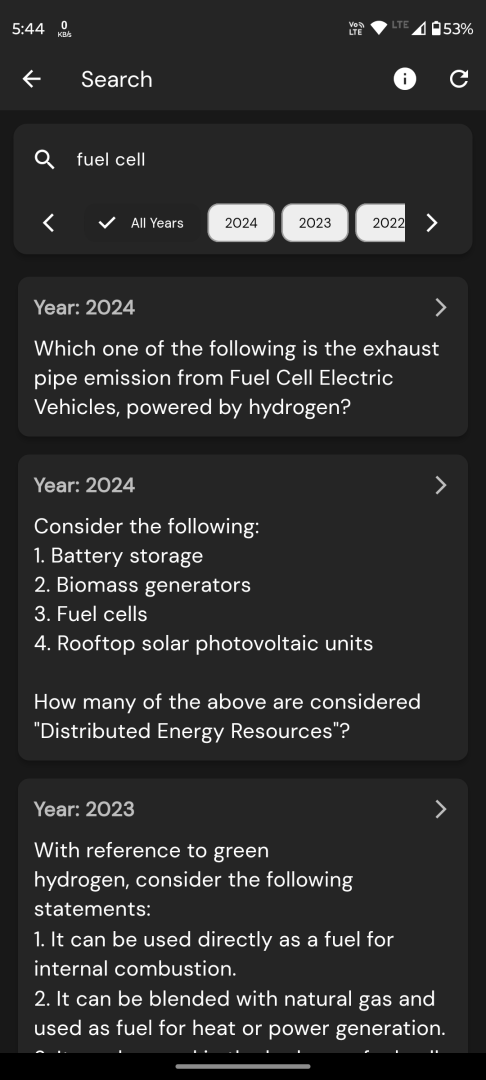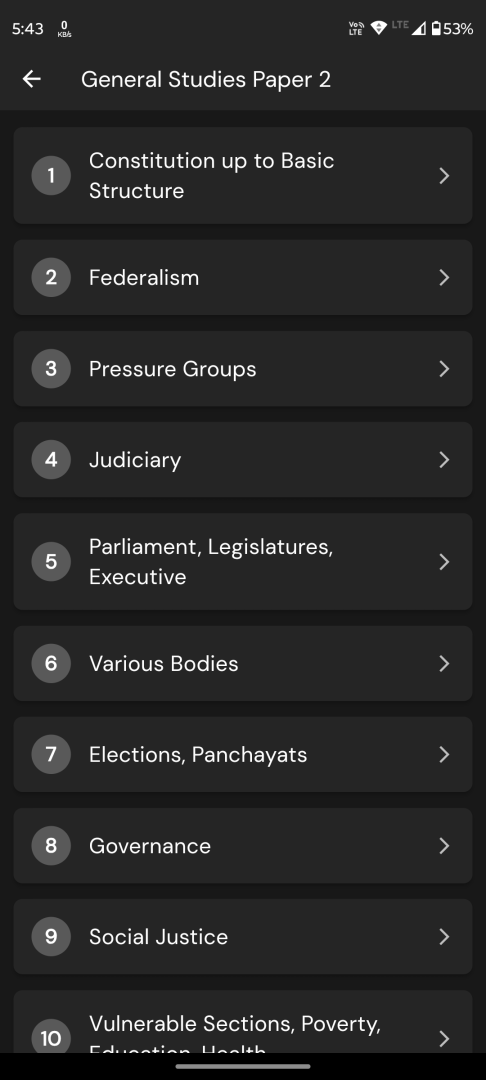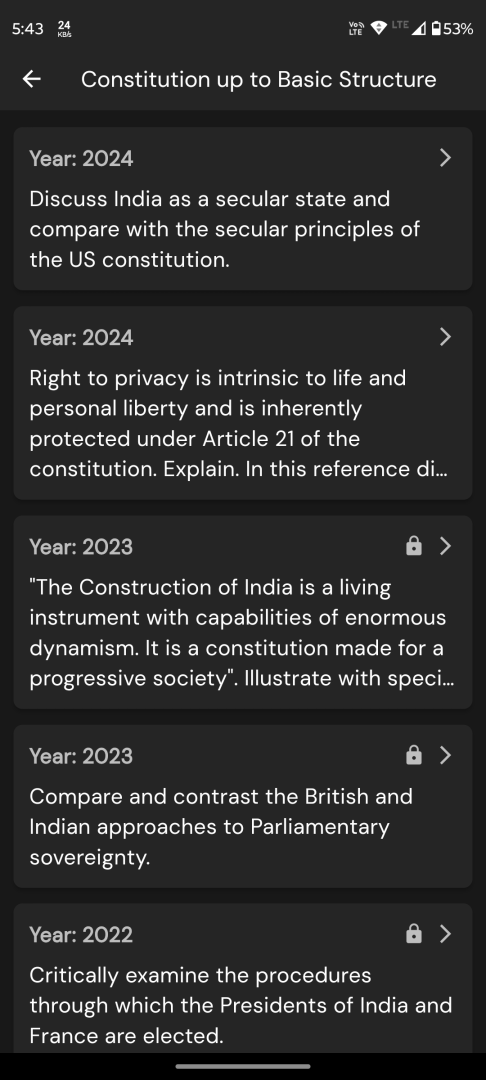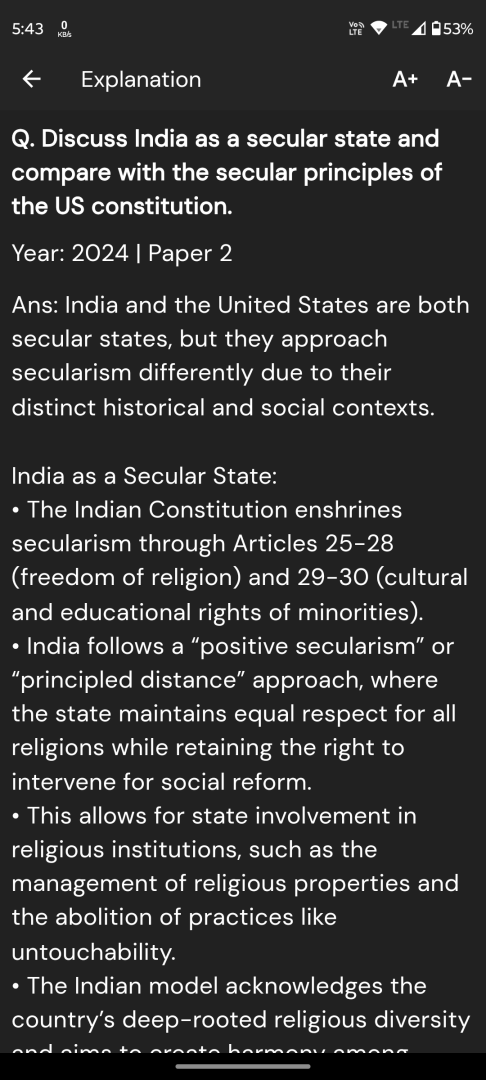Q. Which of the following statements are correct in respect of the genesis of the ‘Doctrine of Basic Structure of Constitution’?
(1) This doctrine was first propounded by Supreme Court in Shankari Prasad Vs Union of India Case.
(2) In Sajjan Singh Vs State of Rajasthan Case Supreme Court held that Parliament could amend any part of the Constitution.
(3) In Golaknath Vs the State of Punjab Case Supreme Court ruled that Art. 368 only lays down the procedure to amend the Constitution but does not give an absolute power to Parliament to amend any part of the Constitution.
(4) In the case of Waman Rao Vs Union of India Supreme Court set aside the basic structure doctrine.
a) 1 and 3
b) 2 and 3
c) 2 and 4
d) 1 and 4
Question from Odisha OCS Paper 1 2024
The correct answer is b) 2 and 3.
Explanation:
1. The doctrine of the basic structure of the Constitution was not first propounded in the Shankari Prasad Vs Union of India case. It was first propounded in the Kesavananda Bharati Vs State of Kerala case in 1973.
2. In the Sajjan Singh Vs State of Rajasthan case, the Supreme Court held that Parliament could amend any part of the Constitution, including fundamental rights.
3. In the Golaknath Vs State of Punjab case, the Supreme Court ruled that Article 368 only lays down the procedure to amend the Constitution but does not give Parliament the absolute power to amend any part of the Constitution, particularly fundamental rights.
4. In the Waman Rao Vs Union of India case, the Supreme Court did not set aside the basic structure doctrine; rather, it reaffirmed it.





